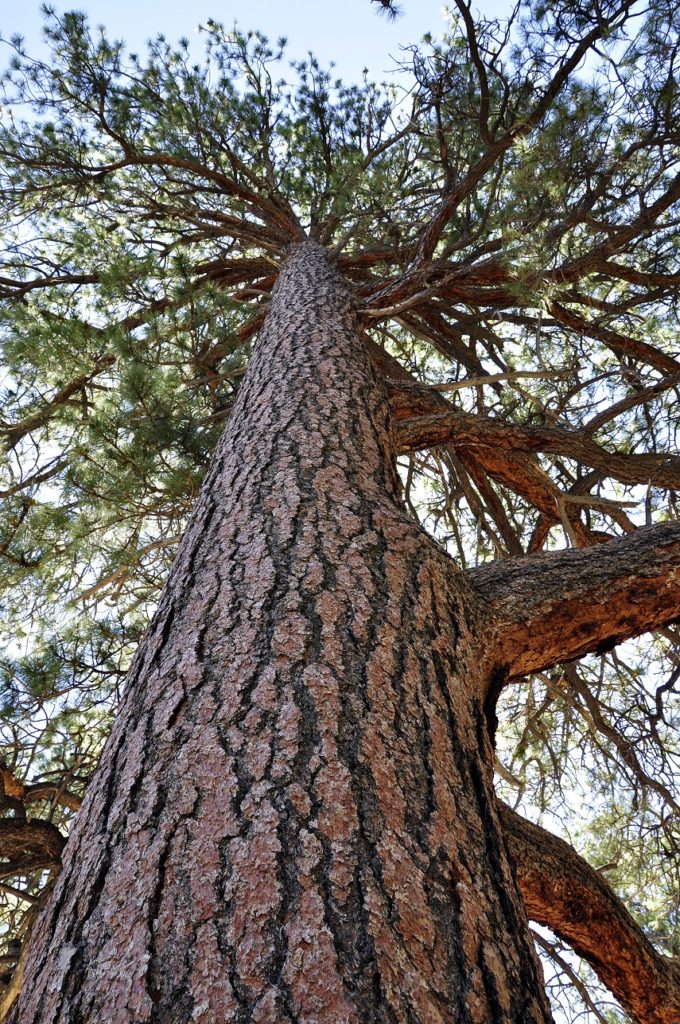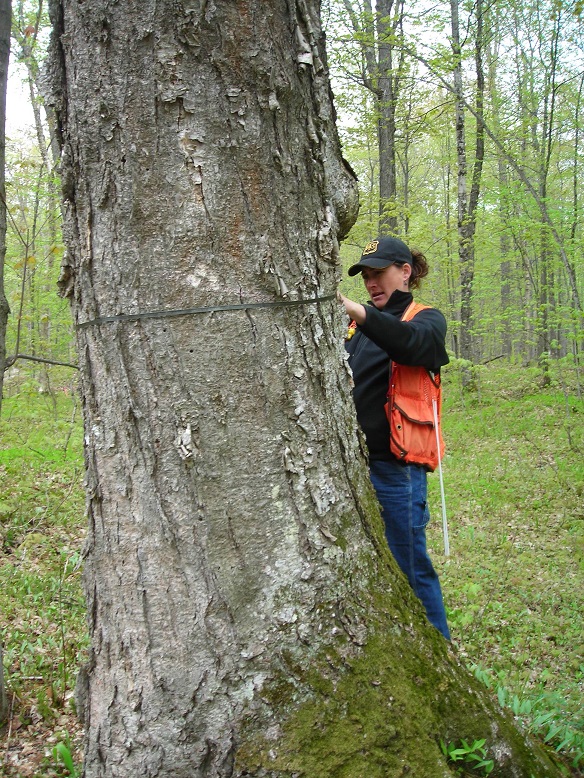A Brief Discussion of Old Growth Forests

By Dayl Velasco
This past September, the seventh Eastern Old Growth Forest Conference was held in New Hampshire near Lake Winnepesaukee, and this was the first reconvening of the conference in nearly twenty years. It is dedicated to the exchange of information on old growth forests. The themes covered at the conference included the following: Forest Dynamics, Ecology, and Management; Balancing Preservation and Management; Climate Change Implications; and Health and Wellness.
 The more one delves into the subject of old growth forests, the more one realizes how tricky they are to define. There is significant debate in the scientific community around how to classify these forests. Some definitions of old growth rely on the age of the trees, and some center around a forest’s peak carbon accumulation. Despite the debate, by all definitions, these forests are “climax communities” in ecology, meaning that they have moved through the stages of ecological succession and have reached a stable state. These old forests are not only beautiful, but they are also complex havens of biodiversity, providing refuge for plants, insects, fungi, and wildlife of great variety.
The more one delves into the subject of old growth forests, the more one realizes how tricky they are to define. There is significant debate in the scientific community around how to classify these forests. Some definitions of old growth rely on the age of the trees, and some center around a forest’s peak carbon accumulation. Despite the debate, by all definitions, these forests are “climax communities” in ecology, meaning that they have moved through the stages of ecological succession and have reached a stable state. These old forests are not only beautiful, but they are also complex havens of biodiversity, providing refuge for plants, insects, fungi, and wildlife of great variety.
A report released earlier this year by the U.S. Forest Service and the Bureau of Land Management found that 18 percent of all the forested land managed by these agencies qualifies as old growth (though, importantly, there is some disagreement between studies regarding the exact percentage). This leaves more than half of all forests managed by these agencies falling into some other category—a category which could be described broadly as forests having been disturbed too recently to count as old growth, whether disturbed by natural disasters, pest and disease, or anthropogenic causes. These findings naturally lead to discussions about forest management practices and how best to protect the scarce old growth forests that remain and to encourage the old growth forests of the future.
 Over the past couple of decades, significant changes have taken place in scientific and societal understandings and valuations of old-growth forests. Advancements have been made in study, appreciation, and awareness of these old forests. Initiatives to identify and protect these forests have been increasing in scope and frequency in recent years. Educational exchanges and conversations around forest management, like those that occurred at the Eastern Old Growth Forest Conference, seek to address both passively and actively managing for old growth characteristics to promote the return of old forests.
Over the past couple of decades, significant changes have taken place in scientific and societal understandings and valuations of old-growth forests. Advancements have been made in study, appreciation, and awareness of these old forests. Initiatives to identify and protect these forests have been increasing in scope and frequency in recent years. Educational exchanges and conversations around forest management, like those that occurred at the Eastern Old Growth Forest Conference, seek to address both passively and actively managing for old growth characteristics to promote the return of old forests.
In the telling of one attendee, the conference took a refreshing middle ground approach amid paradigms on both ends of the forest management spectrum—on one side the continued use of traditional agriculturally based silviculture which prioritizes timber over ecological forest management, the other to stop almost all harvesting of trees. People came to the conference with different beliefs and perspectives, but they came with open minds and a willingness to discuss and listen.
Although the conference did not end in a consensus on the path forward for old-growth forest management, it represents an important step in the work towards mutual understanding and a shared desire for the betterment of our forests. As members of the Forest Stewards Guild, when we talk about promoting ecological forestry, these are exactly the types of conversations we mean to have.
